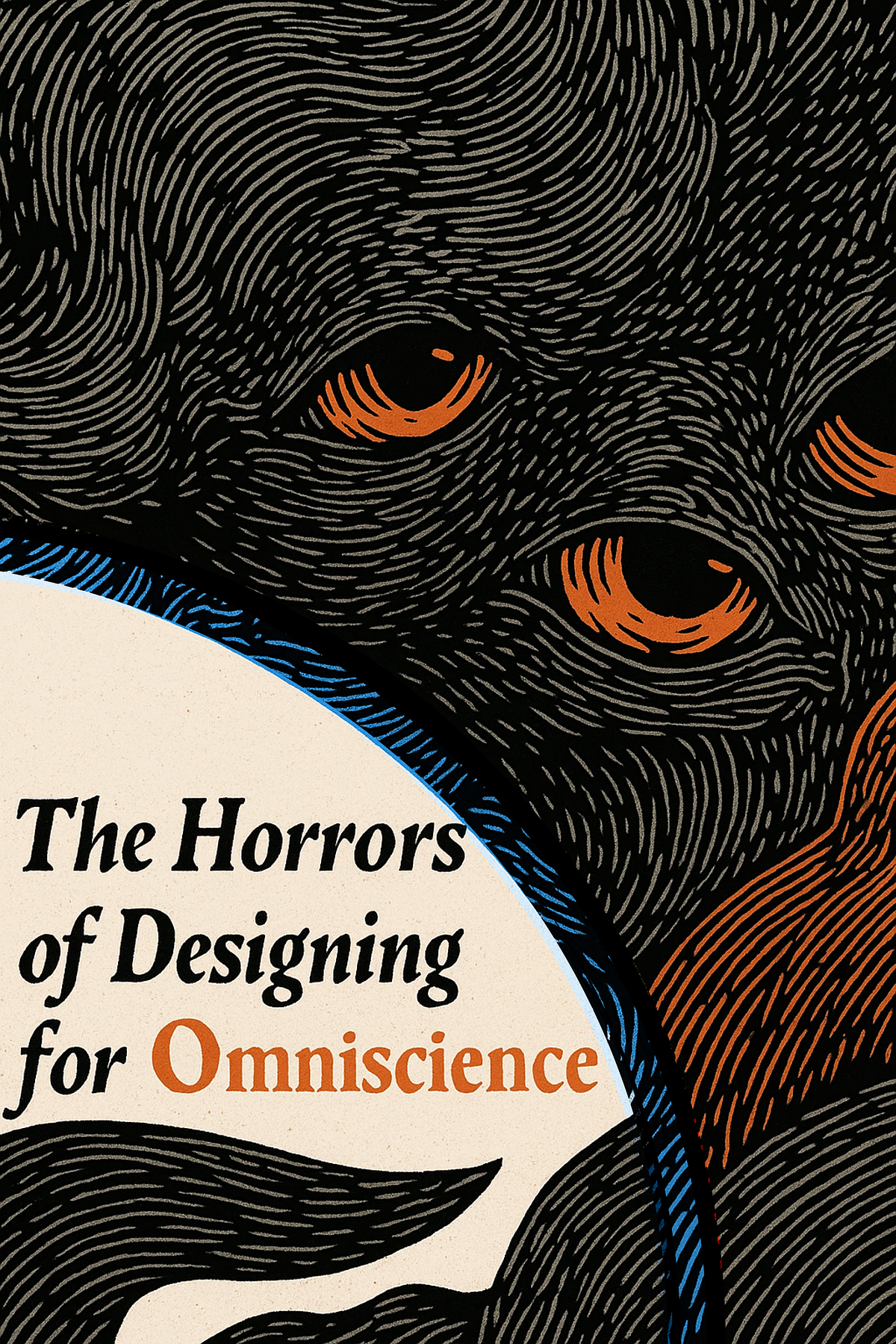
"Ever click a button and have a system misbehave with no warning, feedback, or a way to undo, only to feel the repercussions minutes or a few days later? This is what I've coined "Designing for Omniscience" (and the horrors thereof). It's what happens when a system assumes the human on the other end is 'all-knowing' and proceeds in silence. This arrogance of finality can scar (or scare) and have real world consequences beyond the screen, and in some cases, can be catastrophic."
"Many systems are accidentally designed to act with certainty. I'll unpack the hidden ghosts of imperfection in interfaces we rely heavily on to handle our finances, ensure smooth healthcare transactions, make online purchases, and govern how we secure our homes and travel. Horror #1: Design systems devoid of humanity To be human is to make mistakes. But every product makes a choice: to create space for human error, or silently treat it as intent."
Designing for Omniscience occurs when systems assume users are all-knowing and therefore act without warning, feedback, or undo options. Such systems treat human errors as intentional, optimizing for organizational needs (data compliance, billing, liability) rather than human workflows. Legacy and patched-together medical and municipal software often embody this behavior, producing brittle experiences that blame users and create delayed, sometimes catastrophic, consequences. Products must choose to allow for human fallibility by providing feedback, reversibility, and humane defaults. Failure to design for error tolerance scars users, undermines trust, and can have severe offline impacts on health, finance, and safety.
Read at Medium
Unable to calculate read time
Collection
[
|
...
]